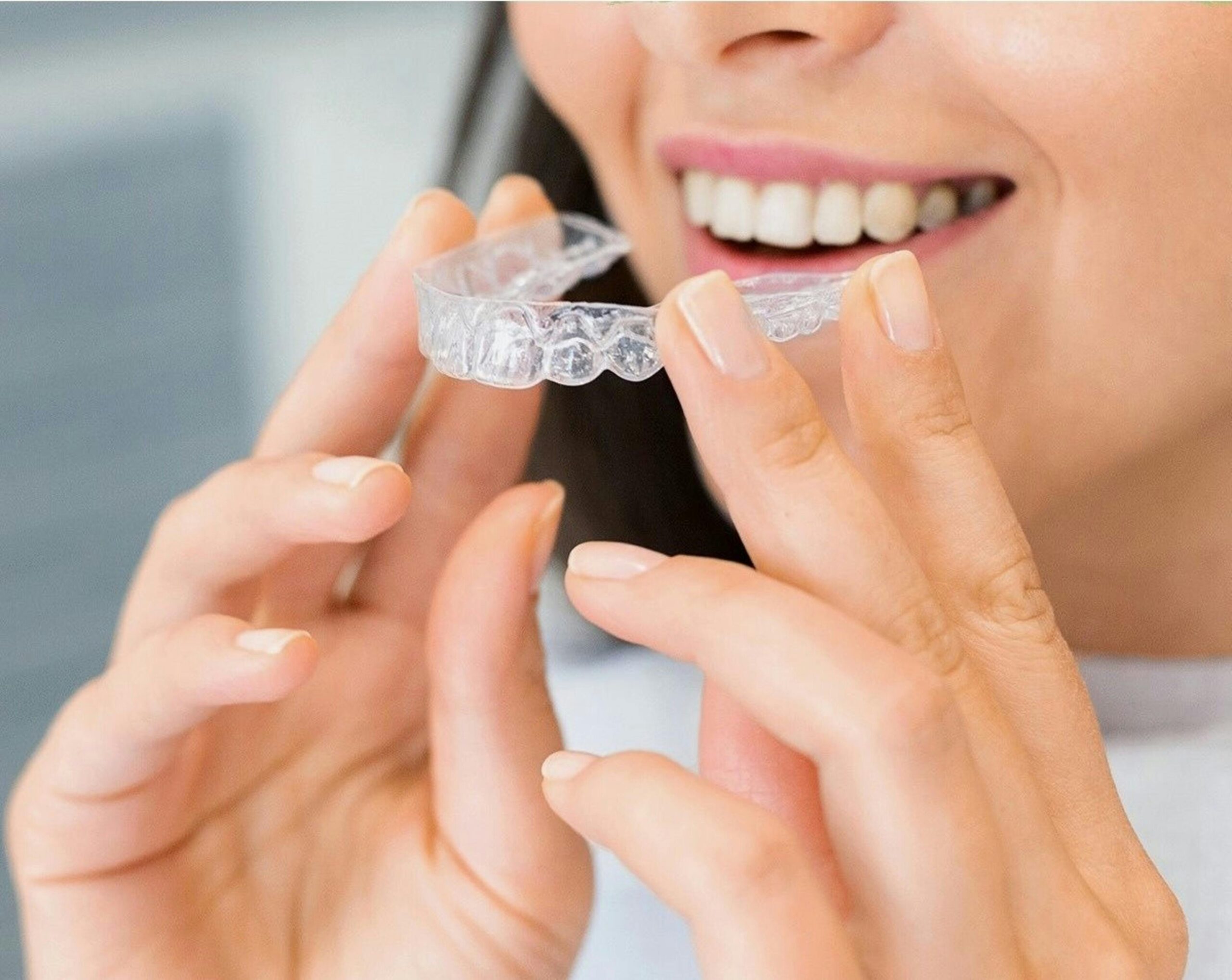A bridge literally ‘bridges’ the gap left by a missing tooth using the surrounding natural teeth or dental implants for support. It is made up of
What is a Dental Bridge?
A bridge literally ‘bridges’ the gap left by a missing tooth using the surrounding natural teeth or dental implants for support. It is made up of two crowns that sit on top of the teeth neighbouring the gap, and a replacement tooth (also referred to as ‘pontic’) to fill the gap itself.
Advantages of Dental Bridges:
- Dental bridges are usually small, lightweight, providing excellent chewing comfort
- They correct and re-distribute the normal bite force, compromised by your missing teeth
- Getting used to your new dental bridge is usually easy and comfortable
- Helps maintain the shape of your face
- Controls shifting and moving of adjoining teeth
- Enhances your natural speaking and eating ability
- Only 2 – 3 appointments are needed to complete your bridge restoration
- The longevity factor and general prognosis is good, if your hygiene and home care is maintained at a heightened level
Disadvantages of Dental Bridges:
- If you develop a deep cavity, infection or periodontal (gum) disease with either supporting tooth, your entire dental bridge could be compromised.
- Some dental bridges require tooth preparation
Fixed bridges are strong and reliable and in most cases they feel and look very much like natural teeth. Dental bridges can last 5 – 15 years and even longer if they remain stable, and if your personal oral hygiene is maintained at a high level.
Also Read: Filling vs. Inlay vs. Onlay vs. Crown: What’s The Difference And Which Is The Right One For You?
Types of Bridges
There are four main types of dental bridge – traditional, Maryland, cantilever and implant-supported.
Traditional Bridge
These are the most common type of dental bridge. Traditional bridges involve creating a crown for the tooth either side of the missing tooth, with a “pontic” in between. The crowns fit comfortably on top of your natural teeth to keep the bridge firmly in place.
They are usually small, lightweight and provide excellent chewing comfort, by re-distributing your normal bite force compromised by your missing teeth. If your hygiene and home care is maintained at a optimum level this type of bridge can last a long time.
The primary downside of traditional bridges is that in order for the crowns to fit properly, the anchor teeth must be filed down from their original size as part of the dental bridge procedure. These two teeth have to be strong enough to support the bridge and take the extra biting pressure.
If you later decide to replace your tooth bridge with an implant, the adjacent teeth will require crowns since removal of enamel is permanent. Aside from that, a fixed bridge is a strong and durable solution.
Maryland Bridges
Maryland bridges also use two natural teeth to secure the bridge in place and are a great solution for a gap between two teeth. But rather than using crowns, this method uses a porcelain or metal framework that we gently bond to the back of your teeth.
This type of bridge is a winged bridge known for its conservative nature and often are referred to as a resin bonded bridge. Basically they’re designed with plastic teeth with similar gum material which is fortified by a metal or porcelain framework.
The framework located on opposing sides are bonded to existing anchor teeth. This special resin bonded form of bridge work is mainly used on front teeth, in cases where the adjoining teeth are still in stable condition.
The overwhelming benefit to these types of dental bridges is that your dentist will only need to make a minimal adjustment to the contour of the abutment teeth.
The treatment is cost effective and relatively efficient compared to what it takes to design a traditional fixed bridge. As great as this Maryland bridge option is, a good assessment of your bite will be necessary to determine if it’s a viable option. Deep bites or cross bites are contraindicated for Maryland bridges.
Also Read: Making losing baby teeth extra special!
Metal framework on Maryland bridges tend to discolour which causes the abutment teeth to become darker over time, their also known to have a proclivity towards de-bonding! These types of dental bridges are often seen as temporary replacement appliances. There often used in the interim while your implant is healing, or if you are under 18 and you’re awaiting for your growth cycle to finish before installing an implant.
Cantilever Bridge
Similar to a Maryland bridge, this bridge is used when there is only one natural tooth available to support the missing tooth or teeth. If you choose this type of bridge, we will bond the crown to one abutment tooth to keep it securely in place.
This bridge design is not recommended for use in the back of the mouth where too much bite force can be put on the abutment tooth. But it can work if it’s designed well and if the cantilevered tooth is the front tooth. The biting forces must be considered in the design which can be done by a good lab, making these types of dental bridges a valuable option when trying to save time and money.
Implant Supported Implant
As the name suggests, these bridges are anchored in using a dental implant and are an increasingly popular choice as there is normally no damage to the adjoining natural teeth. The implant acts as a root for the replacement tooth or teeth, and should provide you with a very secure and comfortable feeling, similar to your natural teeth.
It’s paramount that your implant supported bridge is designed with adequate spacing for you to clean between the dental implant, and if integrated well there are incredibly stable. With two implants supporting a bridge, it’s actually easier and more effective than having three implants in a row.
If your implants remain stable and general oral hygiene is maintained at a high level, implanted supported bridges can last a lifetime.







 01943 874476 today.
01943 874476 today.


